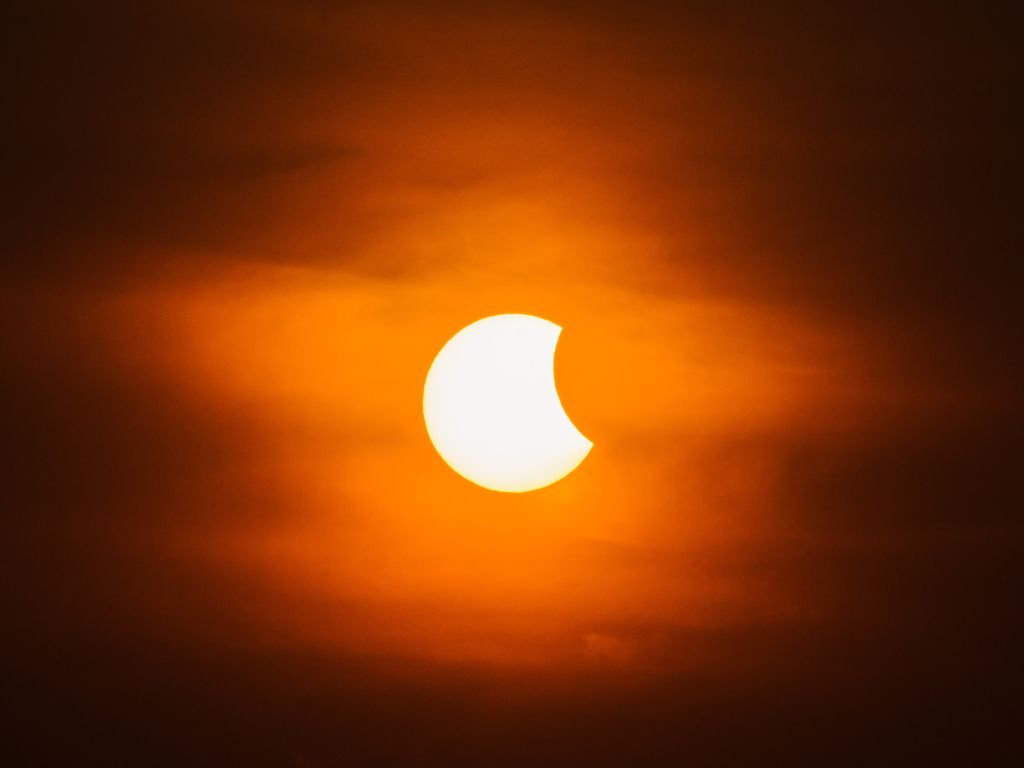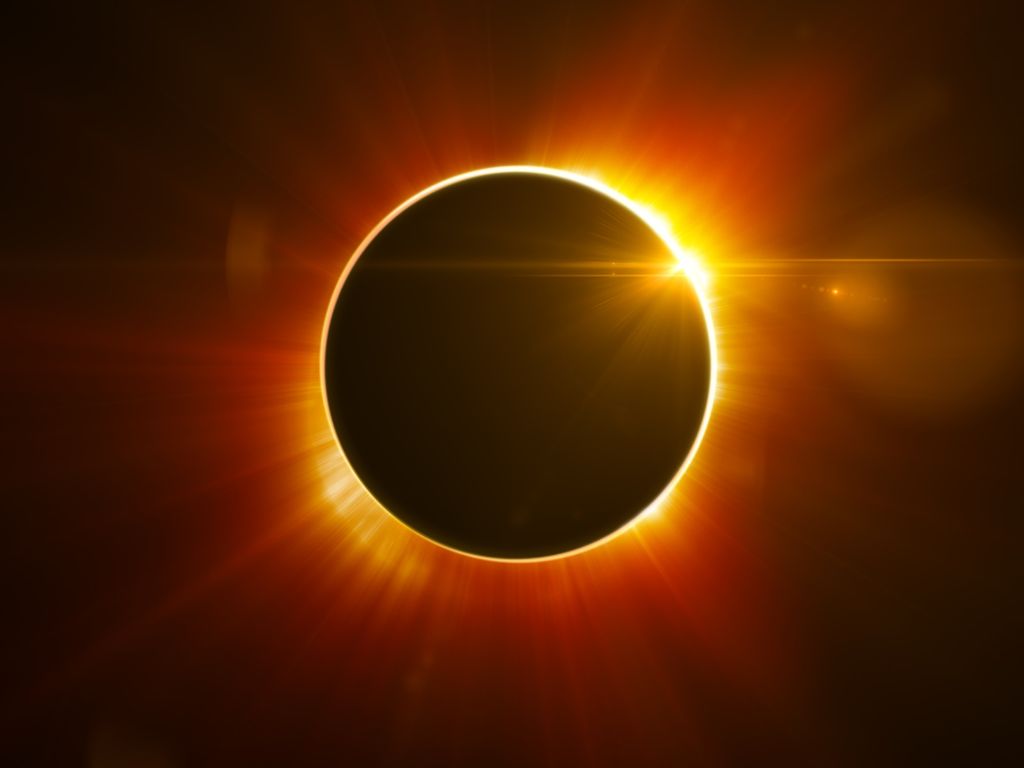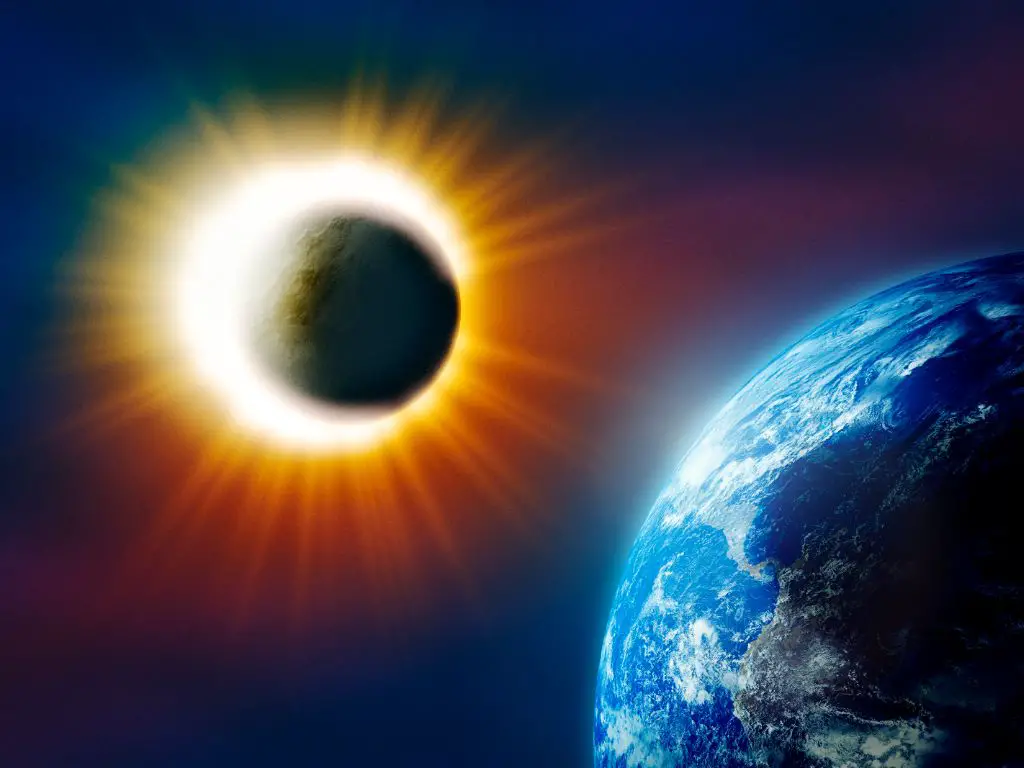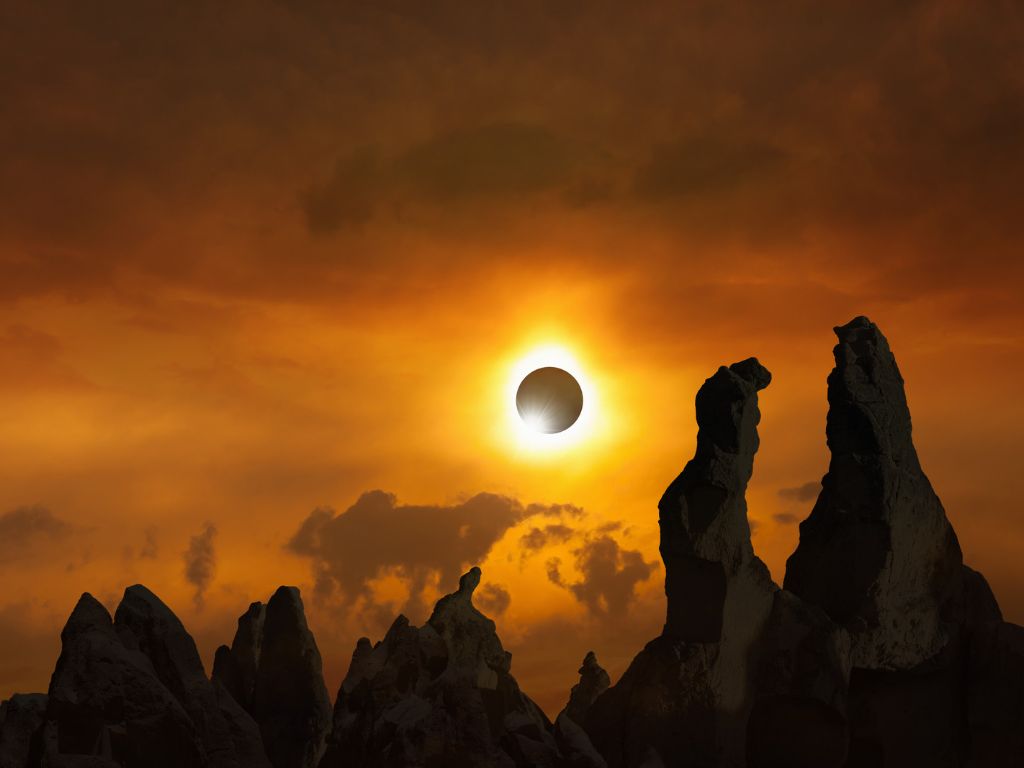A rare and strange type of solar eclipse will occur on Thursday, April 20, 2023, when the Moon will completely block the Sun for less than 76 seconds in some parts of the southern hemisphere. This event, known as a “hybrid” or annular-total solar eclipse, will be visible from Western Australia, Timor Leste, West Papua and some remote islands in the Indian and Pacific Oceans. Some adventurous travelers from all over the world will be heading to these locations to witness this spectacular phenomenon.
A solar eclipse happens when the Moon passes between the Earth and the Sun, casting its shadow on our planet. Depending on the distance and alignment of the three celestial bodies, the eclipse can be total, partial or annular. A total solar eclipse occurs when the Moon covers the entire disk of the Sun, creating a brief period of darkness called totality. A partial solar eclipse occurs when the Moon covers only a part of the Sun, creating a crescent-shaped Sun. An annular solar eclipse occurs when the Moon is too far from the Earth to cover the whole Sun, leaving a ring of sunlight around the Moon’s silhouette.

Hybrid Solar Eclipse of 2023
A hybrid solar eclipse is a rare combination of an annular and a total solar eclipse. It happens when the curvature of the Earth causes the Moon’s apparent size to vary along its shadow path. In some places, the Moon is large enough to block the entire Sun, creating a total eclipse. In other places, the Moon is slightly smaller than the Sun, creating an annular eclipse. The transition between these two types of eclipses can create some stunning visual effects, such as beads of sunlight shining through the valleys of the Moon’s surface.
Here are seven things you need to know about this week’s hybrid solar eclipse:
It’s only visible from the southern hemisphere. The path of totality, which is about 25 miles wide, will start near the Kerguelen Islands in the Indian Ocean and end near the Marshall Islands in the Pacific Ocean. It will cross Western Australia, Timor Leste and West Papua along the way. Most of these places are very remote and have limited infrastructure and accessibility.
It’s very short. The maximum duration of totality will be only 1 minute and 16 seconds, which will occur near Timor Leste at 11:18 UTC. The average duration of totality will be less than a minute. The entire eclipse will last about three hours from start to finish.
It’s very rare. Hybrid solar eclipses are uncommon because they require a precise alignment of the Earth, Moon and Sun at different distances. The last hybrid solar eclipse occurred on November 3, 2013 and was visible from Africa and parts of Asia. The next hybrid solar eclipse will occur on April 20, 2042 and will be visible from Africa and South America.
It’s very beautiful. Hybrid solar eclipses can produce some unique optical phenomena that are not seen during other types of eclipses. For example, during totality, some observers may see a bright ring around the Moon called Baily’s beads or diamond ring effect, which are caused by sunlight shining through the gaps between the mountains and valleys on the Moon’s edge. During annularity, some observers may see a thin ring of light around the Moon called an annulus or ring of fire, which is caused by sunlight passing around the Moon’s disk.
🔬 Subscribe to SciMail
Get the latest science discoveries straight to your inbox!
It’s very scientific. Solar eclipses provide an opportunity for scientists to study various aspects of the Sun, Moon and Earth that are otherwise difficult or impossible to observe. For example, during totality, scientists can measure the temperature and brightness of the Sun’s corona or outer atmosphere, which is normally hidden by its glare. They can also study how eclipses affect the Earth’s climate, wildlife and human behavior.
It’s very cultural. Solar eclipses have been observed and interpreted by different cultures throughout history. Some have considered them as signs of divine intervention, cosmic harmony or impending doom. Some have celebrated them as festivals, rituals or ceremonies. Some have used them as markers for calendars, chronology or prophecy.
It’s very inspiring. Solar eclipses can evoke awe, wonder and curiosity in people who witness them. They can also inspire artistic expression, creative imagination and scientific inquiry. They can also motivate people to travel, explore and learn more about our planet and its place in the universe.
Let us know in comments if any of you is planning to witness this very rare event.
Sources:




Leave a Reply